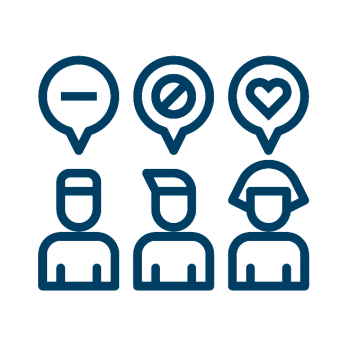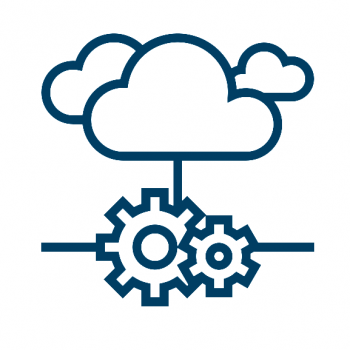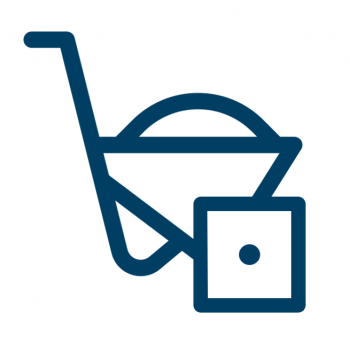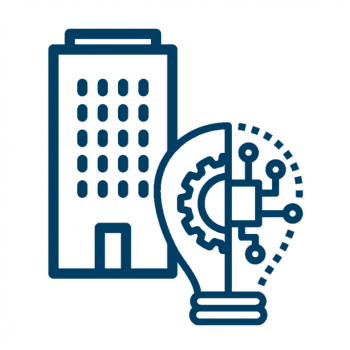NIH syndrome is an acronym for not-invented-here syndrome. In software, NIH is commonly referred to as reinventing the wheel (i.e. building something that is already available).
NIH syndrome is based on the in-house belief that in-house solutions are better suited, more secure, more controlled, quicker to develop and incur a lower overall cost (including maintenance cost) than using existing solutions and tools.
NIH syndrome risks to consider
NIH Risk 1: Expenses
In software the mantra is:
It’s cheaper to rent than own
Why? Because of the high, all-inclusive costs (TCO) to build and maintain enterprise-level software.
Like in-house owners of software, specialists builders and renters of software bear big capex upfront. Unlike in-house owners of software, these specialist software businesses are able to charge a lower price point per user.
Why?
The result: businesses who rent software make higher profit margins, and operate more efficiently than those who don’t.
NIH Risk 2: Getting “left behind”
Innovation is incredibly expensive. Research and development results in many failed experiments. Specialist builders and renters of software, in their quest to provide an excellent product, have no choice but to take this pain. They are however fortunate in that they are working with a wide variety of customers (each providing many ideas), can employ a wide variety of talented people, and can focus exclusively on one thing – providing great software.
It’s thus very difficult for one company, building in-house, to keep pace with the production innovation of specialist software providers.
NIH Risk 3: competitive strategy
Think about the Apple iPhone.
What is your core business, and what is the product you are offering to customers?
The buyers of Apple think Apple makes everything. The truth:
An Apple iPhone is designed in California. Everything else is outsourced. An iPhone is therefore a combination of various components made by a diverse range of manufacturers. Apple (and others) avoid NIH syndrome, and instead scour the globe for best in breed providers of the components they need to deliver a great tool.
The “rent vs own” decision
But what about the argument: “If we don’t own it, we will lose our competitive advantage?”
A good first step in evaluating this (sometimes emotional) rent or own decision is to categorise a business’s software needs and solutions into two:
- What tools or processes need to be customised?
- What processes can be supported by industry-wide or generic use cases and tools (i.e. “engine room” software)?
1. Custom tools to avoid NIH syndrome
Building software tools in-house is a last resort, when nothing else is possible.
But it always makes sense where such customised solutions can be a competitive advantage. (And where the additional value of that competitive advantage is bigger than the additional TCO complexity).
Examples of such customised tools for the CRE industry:
- Customer marketing “shop fronts” such as websites or brochures, or
- Low tech solutions requiring unique intellectual property (such as Excel spreadsheets to analyse lead source and deal conversion data, or dashboards with unique business logic built on top of your existing systems)
In many cases, custom tools are not required to provide a competitive advantage. Sometimes the difference can be the unique application of generic tools. For example, the implementation of unique SEO strategies, or the use of auto-mailer engines, or the use of off-the-shelf dashboarding software.
2. “Engine room” software
It makes financial and operational sense to rent “engine room” software.
Good “engine room” systems will generally allow for some form of customisation and are built with stable and well documented APIs (to make the solution interoperable). This makes it possible for customers to extract additional value from their competition by adding their custom “cherries on the top”. These customers are simultaneously able to sidestep the capex and maintenance issues that come with “reinventing the wheel”.









